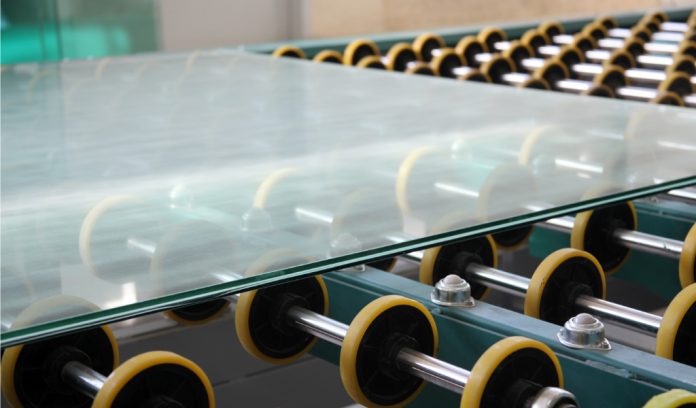The glass industry in the United States represents a vital sector that plays a significant role in various industries including construction, automotive, packaging.
Characterized by a long history of innovation and technological advancement, this industry continues to evolve to meet the demands of an increasingly discerning and sustainability-oriented market.
History
The glass industry in the United States has deep roots dating back to the colonial period. However, it was in the 19th century that this industry experienced significant development due to the production of windows, bottles, and other common-use products. During the 20th century, with the advent of modern production techniques and automation, the glass industry further expanded and diversified. Innovations such as the float glass process, which revolutionized the production of flat glass, and the development of safety glass, which improved automotive safety, marked key milestones in the industry’s evolution.
Sectors and Applications
The use of glass is ubiquitous across multiple sectors. In the construction sector, insulated glass windows contribute to the energy efficiency of buildings, while tempered glass is used for doors and partition walls. In the automotive sector, laminated and tempered glass ensures safety and impact resistance, protecting occupants in the event of collisions. In the packaging and technology sectors, glass is utilized for bottles, containers, device screens, optical fibers, and much more. The versatility and durability of glass make it an indispensable material in society.
Technological Innovation
The glass industry in the United States is characterized by a constant commitment to technological innovation. Companies in the sector invest significant resources in researching and developing new production techniques, advanced materials, and innovative designs. For example, advancements in glass manufacturing technology have led to the production of ultra-thin, lightweight glass that is increasingly being used in electronics, such as smartphones and tablets. Additionally, the integration of smart technologies into glass products, such as switchable glass that can change transparency on command, represents a significant leap forward in functionality and user experience.
Environmental Sustainability
Environmental sustainability is a growing priority for the glass industry. Companies are actively seeking ways to reduce their environmental footprint through the adoption of eco-friendly production processes and materials. One notable area of focus is the reduction of energy consumption during glass manufacturing. Advanced furnace technologies, such as oxy-fuel combustion and waste heat recovery systems, are being employed to increase energy efficiency and reduce greenhouse gas emissions. Additionally, the glass recycling infrastructure is being expanded and improved to facilitate the recovery and reuse of glass cullet, further reducing the industry’s reliance on virgin raw materials and lowering its environmental impact.
Challenges and Future Opportunities
Despite the numerous advantages and growth prospects, the glass industry in the United States also faces several challenges. These include fluctuating raw material prices, regulatory compliance costs, and competition from alternative materials such as plastics and composites. Additionally, the industry must navigate geopolitical uncertainties and trade tensions that can impact supply chains and market dynamics. However, these challenges also present opportunities for innovation and collaboration. For example, partnerships between glass manufacturers and technology companies can drive the development of new applications and solutions that address emerging market needs, such as energy-efficient building materials and lightweight automotive components.
In conclusion, the glass industry in the United States is a dynamic and innovative sector that continues to evolve in response to changing market demands and technological advancements. By embracing sustainability principles and investing in research and development, the industry is well-positioned to overcome challenges and seize opportunities for growth in the years to come. With its unique combination of tradition and innovation, the glass industry will remain an essential contributor to the economy.







